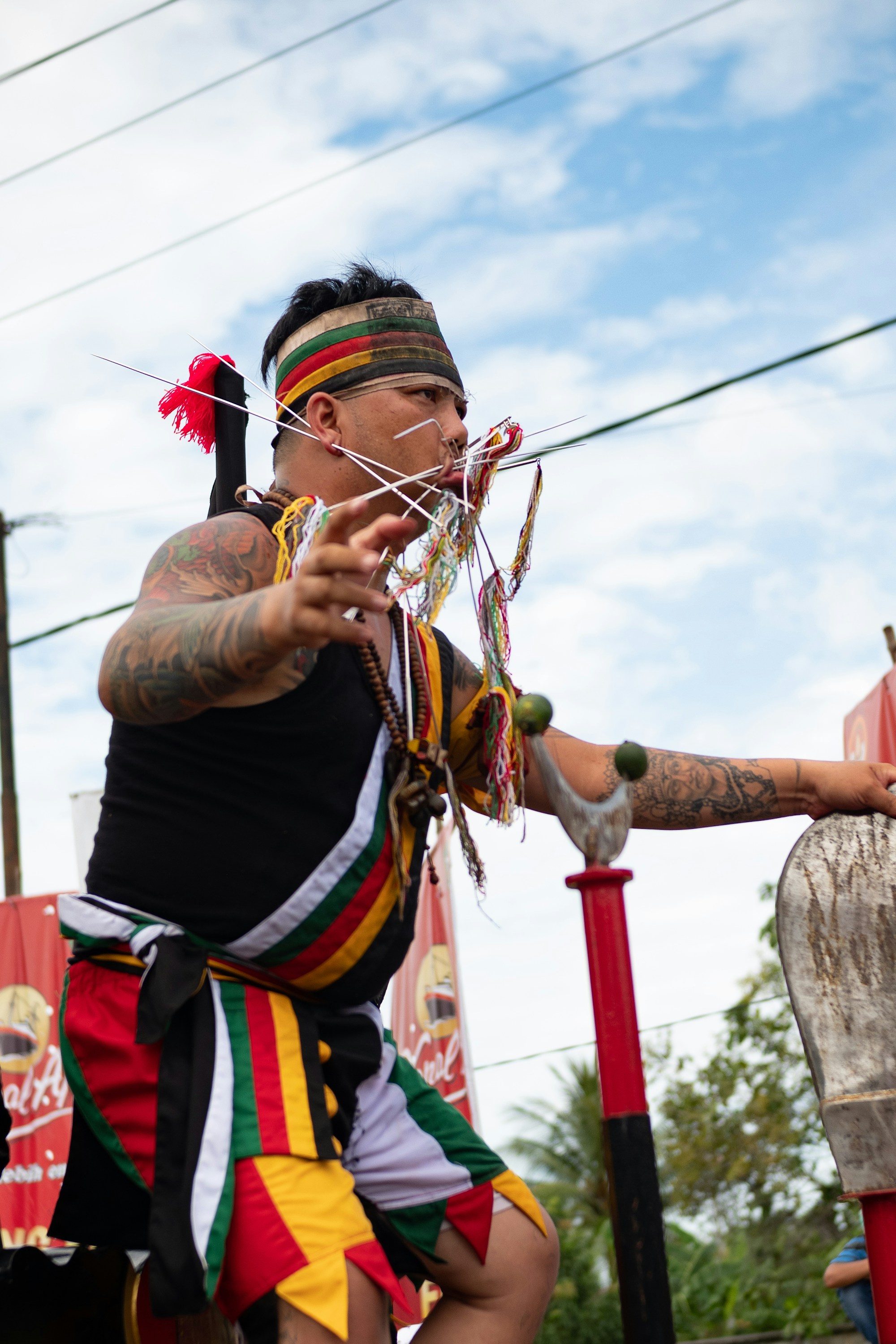Exploring Singkawang: Local Cuisine and Traditional Recipes
Discover the unique flavors of Singkawang with its local cuisine and traditional recipes.

Exploring Singkawang: Local Cuisine and Traditional Recipes
Singkawang, a city located in West Kalimantan, Indonesia, is renowned for its rich culinary heritage that showcases a blend of Chinese, Malay, and indigenous Dayak flavors. Known as the "City of a Thousand Temples," Singkawang also offers a diverse selection of delectable dishes that reflect its cultural diversity.
Historical Context of Singkawang Cuisine
The cuisine in Singkawang is deeply rooted in its history as a melting pot of various cultures. Chinese immigrants who arrived in the city centuries ago brought traditional cooking techniques and ingredients, which became integrated with the local Dayak and Malay culinary practices over time. This fusion of flavors has resulted in a unique and flavorful culinary identity that defines Singkawang's gastronomy.
Famous Dishes
Lontong Cap Go Meh
Lontong Cap Go Meh is a popular dish in Singkawang, especially during the Cap Go Meh festival. It consists of rice cakes, gravy made from various spices, shredded chicken, bamboo shoots, and boiled eggs. The dish is aromatic, flavorful, and symbolizes harmony and unity among the Chinese and Dayak communities in Singkawang.
Sate Kelinci
Sate Kelinci, or rabbit satay, is a unique dish that highlights the influence of Chinese culinary techniques in Singkawang. The tender and succulent rabbit meat is marinated in a special blend of spices, skewered, and grilled to perfection. Served with peanut sauce, Sate Kelinci is a must-try for adventurous foodies visiting Singkawang.
Mie Balungan
Mie Balungan is a flavorful noodle dish that combines thick noodles with a savory broth, topped with pork, mushrooms, and greens. The dish originated from a local legend about a princess who created the recipe to win the heart of a prince. Mie Balungan is a comforting and satisfying meal that showcases the blending of local ingredients and Chinese flavors.
Famous Restaurants
- Bakmi Jawa Mbak Yani - Located in the heart of Singkawang, this eatery is known for its authentic Javanese noodles prepared with a local twist.
- Warung Makan Kapuas - A popular spot for Sate Kelinci and other local delicacies, Warung Makan Kapuas offers a cozy dining experience with traditional flavors.
- Rumah Makan Lontong Cap Go Meh - This restaurant specializes in serving the traditional Lontong Cap Go Meh dish, perfect for those seeking a taste of local culinary heritage.
Traditional Recipes
For those eager to recreate the flavors of Singkawang at home, here are two traditional recipes to try:
Recipe: Lontong Cap Go Meh
- Prepare rice cakes by wrapping cooked rice in banana leaves and steaming until firm.
- Sauté garlic, shallots, ginger, and lemongrass in a pan.
- Add shredded chicken, bamboo shoots, boiled eggs, and water to the pan, simmer until cooked.
- Serve the rice cakes with the flavorful chicken mixture and top with gravy.
Recipe: Sate Kelinci
- Marinate rabbit meat with a blend of lemongrass, garlic, coriander, and turmeric for several hours.
- Skewer the marinated meat and grill over charcoal until cooked through.
- Serve the Sate Kelinci hot with peanut sauce and rice or rice cakes.
Local Anecdotes and Interesting Facts
Legend has it that many local Singkawang recipes were created as offerings to deities during festivals and ceremonies, reflecting the spiritual connection of the cuisine to the cultural practices of the city.
Interestingly, the harmonious blend of Chinese, Malay, and Dayak influences in Singkawang cuisine is also mirrored in the diverse population of the city, creating a vibrant tapestry of flavors and traditions.
Whether you are a culinary enthusiast seeking new taste sensations or a traveler intrigued by the stories behind local dishes, exploring Singkawang's gastronomy is a delightful journey of discovery.
